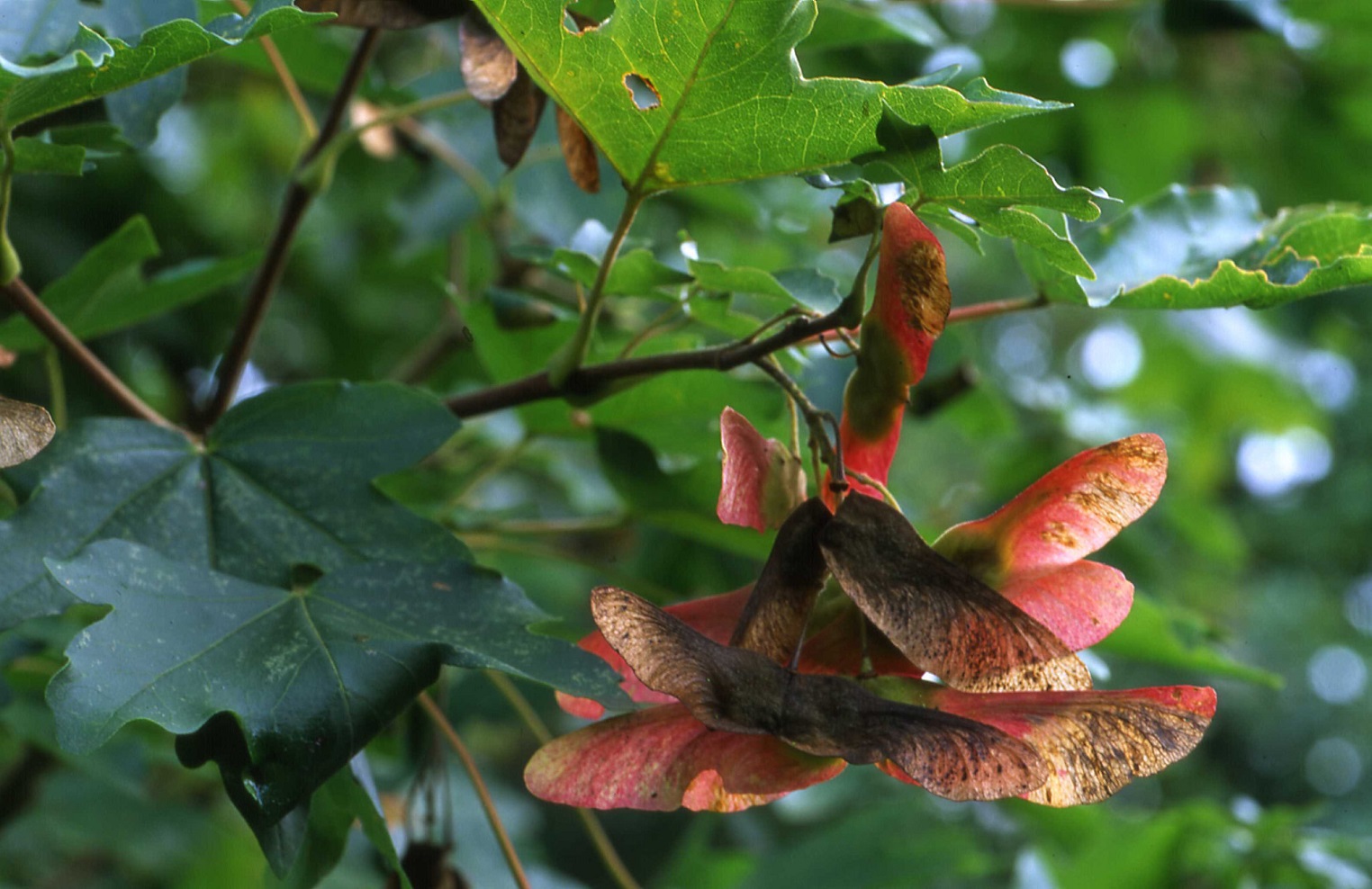Adaptation, natural selection and winged fruits: science club activity
Resource
What do ash trees, bees and bats have in common? The surprising answer is in their wings – in the case of the ash trees, their winged fruits, that spin down from the trees in autumn, often travelling long distances in the wind.
The wings of these falling fruits, like hovering insects and bats, generate more lift than would be expected by regarding the wings as aerofoil sections. This was investigated in a recent study, published in the journal Science (Lentink et al, 2009). The leading edge of the rotating wing has a high angle of attack, and generates a stable vortex, which joins with the vortex at the tip – this results in an inverted cone of low pressure above the wing, akin to a mini-tornado, reducing the fruit’s speed of descent. The use of such leading edge vortices by samaras, insects and bats ‘represents a convergent aerodynamic solution in the evolution of flight in both animals and plants’.
Natural selection is the mechanism that continually scrutinises the variations in an individual’s offspring. The best-adapted offspring get to pass their genetic blueprints on to the next generation. Fruit dispersal provides a tree’s offspring with the chance to colonise a new habitat, as well as reducing the danger of competition for resources with their parent and siblings, and infection with species-specific pests and pathogens.
In this resource, students focus on the role of natural selection in evolution, by considering the extent to which the winged fruits from a tree are adapted for successful dispersal.
This activity is designed to promote independent thinking among students, reinforce mathematical skills, offer opportunities for out-of-classroom learning, and to include a range of potential learning outcomes, from supporting basic conceptual understanding to making links with recent research.
A great activity for a STEM science club, or as a a backup activity for a gardening club when it rains!